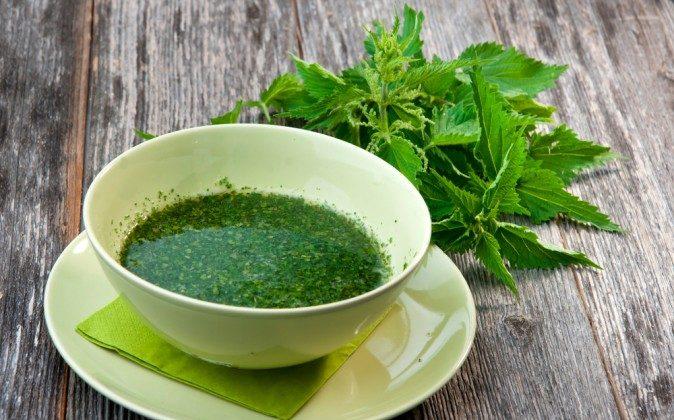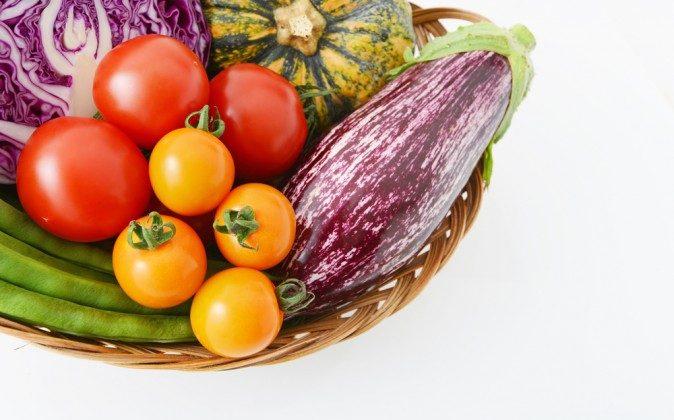By Paula Youmell, Healing the Body
The human body is an amazing healing organism. The food and healing plants we put into our body affect every aspect of our cellular health. Medicinal plants have profound impacts on your individual body cells, your immune system and really, on every body system in a profound healing way.
Stinging nettles is my favorite herb for invoking healing in the body. I add it to every herbal formula as a nutritive and adaptogenic herb. It is my first herb to use when making tinctures, medicinal infusions (teas), and in my herb vinegar that is the base for all my fall and winter salads. I will post the recipe at the bottom of this article.
Nettle’s many healing gifts to your body:
- Strengthens the kidneys and adrenal glands;
- Builds natural energy from the inside of the body (which is the opposite of coffee’s effects in the body. Coffee, caffeine, wears out the adrenal glands. Stinging nettles builds and heals the adrenals);
- Nourishes the hair and skin making you shine with vibrant health;
- Nettles is an adaptogenic herb, helping your body’s physiology adapt to stress (Think adrenal health!);
- Rebuilds and restores the body cells as nettles is a powerhouse of nutrition;
- Great for reducing allergies on its own or make an herb honey with raw, local honey and nettle puree, take 1/4 teaspoon twice daily (This is basically making a tincture using honey as the base);
- Great for nourishing the male and female reproductive tracts contributing to fertility and healthy pregnancies, and;
- Nourishes thyroid health and contributes to body weight balancing.
This is a partial list of all the benefits nettles has in the human body. Seeds can be ingested at 1/4 tsp per day for thyroid health. I would take this in 2 daily doses of 1/8 tsp each.
To dry nettle seeds I cut the entire stalk at the base and hang them upside down in a warm and dry space. Make certain you have a screen or something similar underneath the hanging plants to catch any falling seeds. When they start to dry, I carefully cut each strand from the stalks. I put them in a paper bag, poked with a knife to make many air holes, and hang the bag to completely dry the seeds. I leave the top of the bag wide open for better air flow. You can also use a very fine mesh bag to hang and dry the seeds.
The remaining stalks can be left to dry out the leaves. Again, trim the completely dried leaves off the stalks and store them in an air tight container. You now have dried nettle leaves for adding to soups, stews, sauces, and for making healing tea.
I invite you to become friends with nettles and learn all you can about her healing ways.
Herb Vinegar for Slathering Fall & Winter Salads*
- 1 gallon raw, unfiltered apple cider vinegar
- a handful or two of each fresh herb: nettle leaves and seeds, rosemary, thyme, parsley, oregano, basil, chives, garlic chives, tarragon, sage, spearmint, and peppermint. Use whatever herbs you have in your herb garden or you can gather from a farm market.
- I clean and remove the woodier stems, leaving the green and tender stems.
- Pour 4 to 5 cups of vinegar into a blender, a vita-mix blender works well.
- Add herbs to blender, place cover on tightly, and blend into a green and frothy liquid.
- Let sit on your counter for 10 to 15 minutes before removing the blender cover. This allows the froth to calm down a bit.
- Pour the green liquid back into the gallon jar.
- After putting cover back onto gallon jar, tightly, shake jug.
You can use a quart jar of apple cider vinegar, just use a bit less of each herb.
Store the herbed vinegar in a cool, dark cupboard. Blend it with organic, extra virgin olive oil and you have an amazing and easy to make salad dressing. Enjoy!
*Image of “nettle soup“ via Shutterstock




